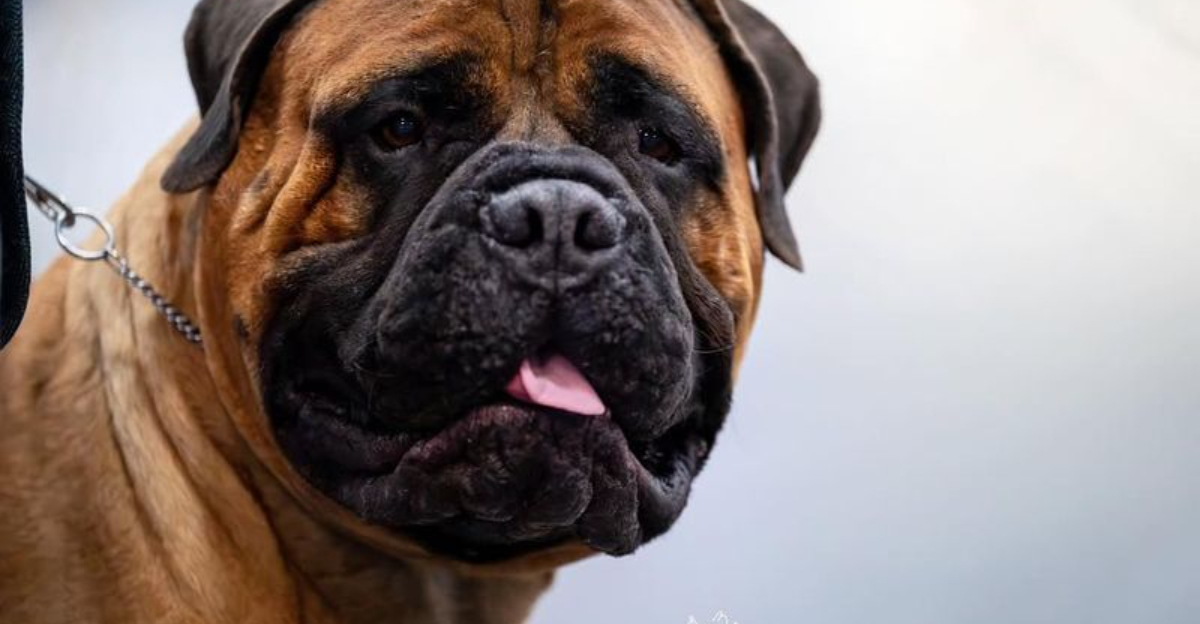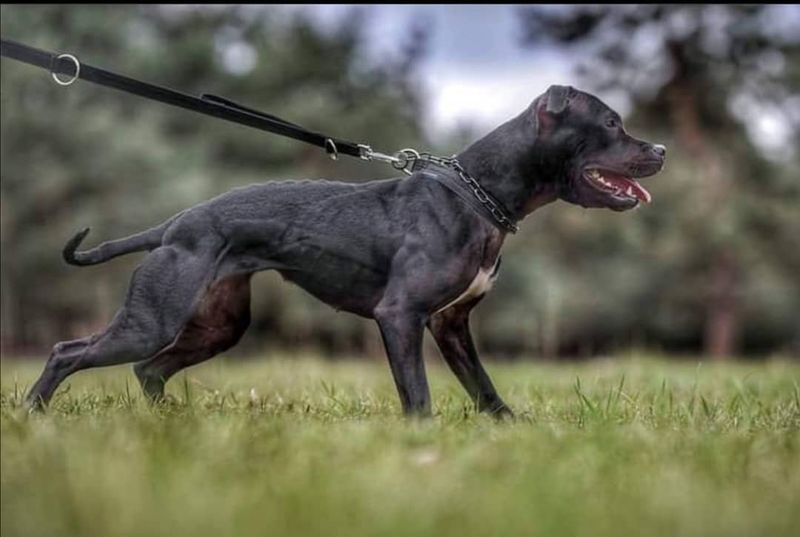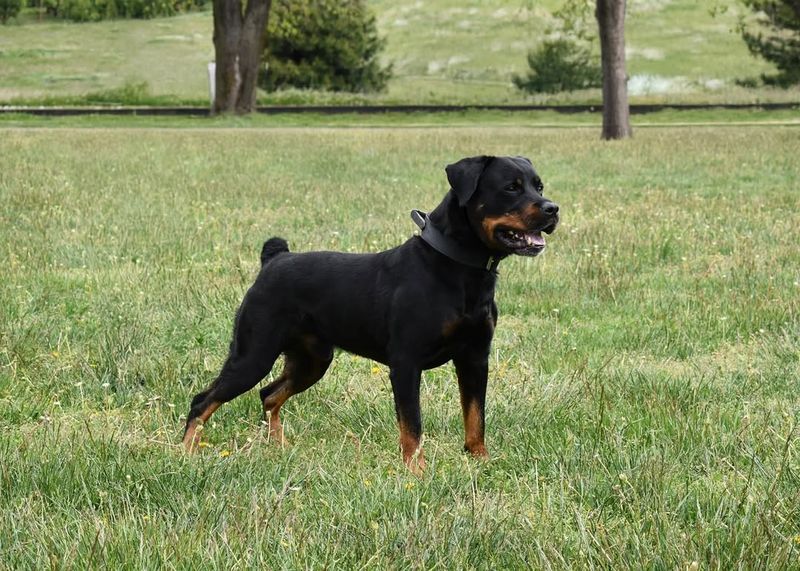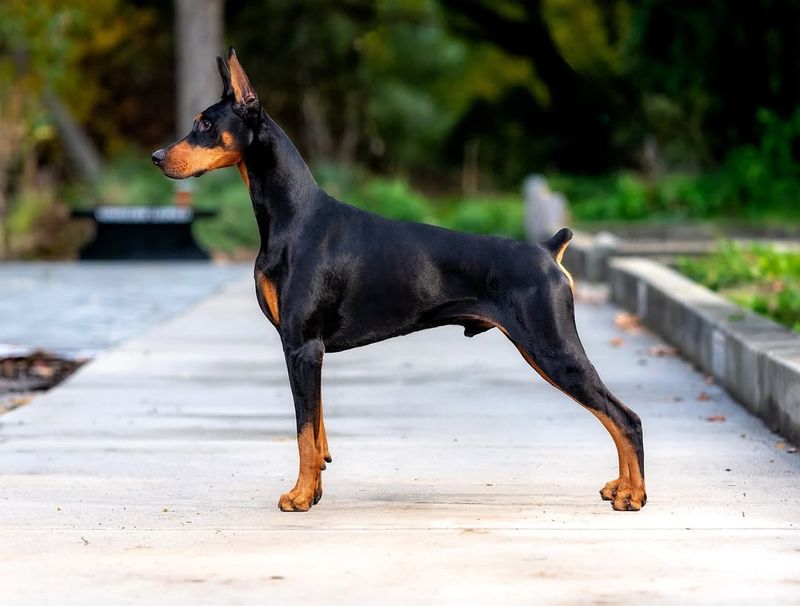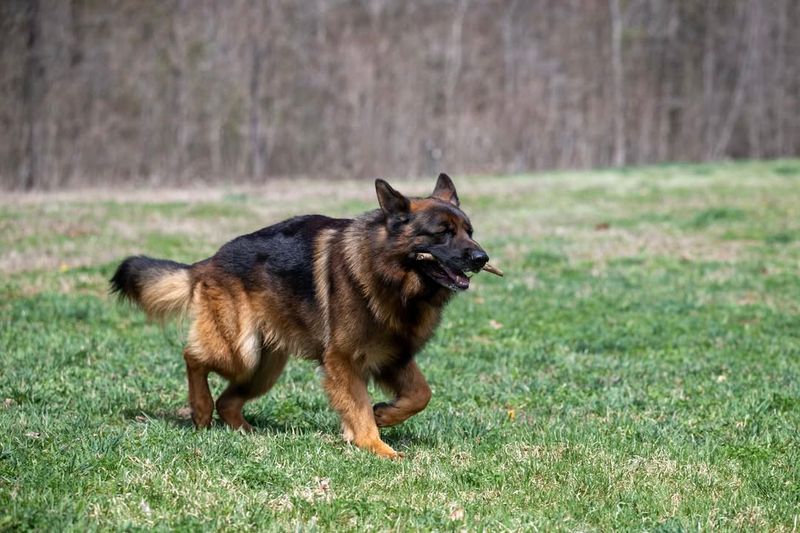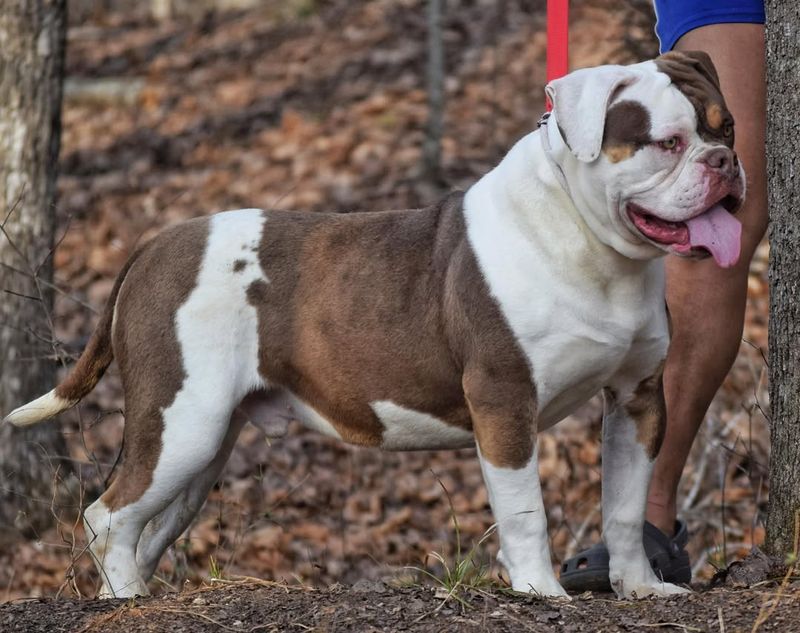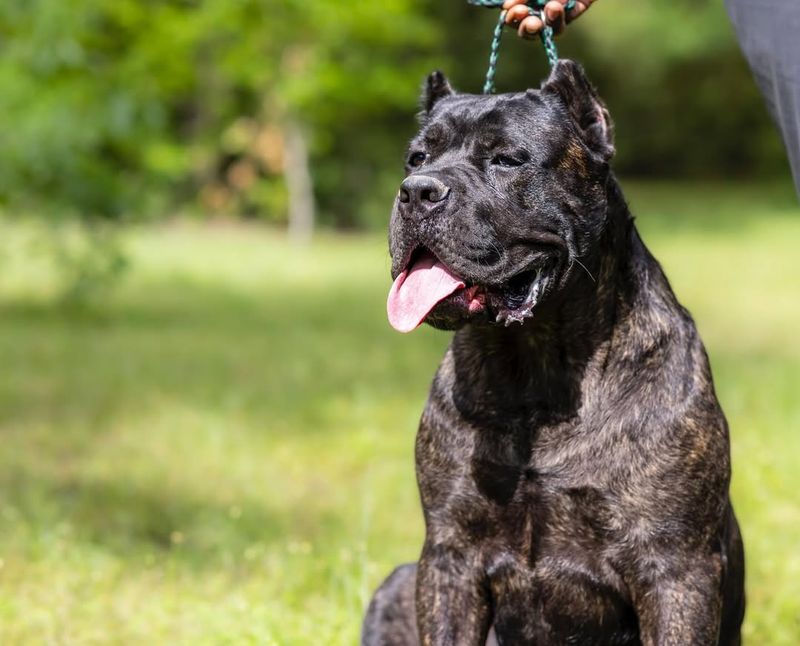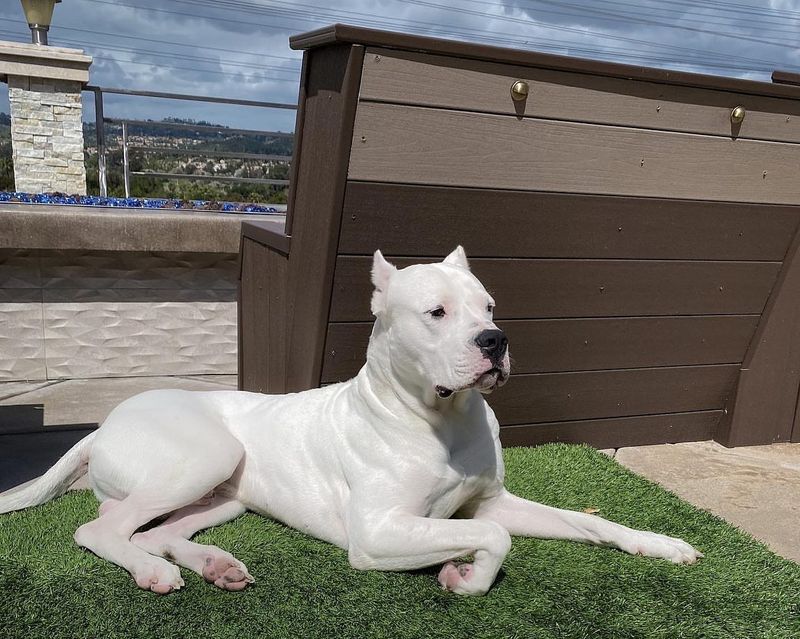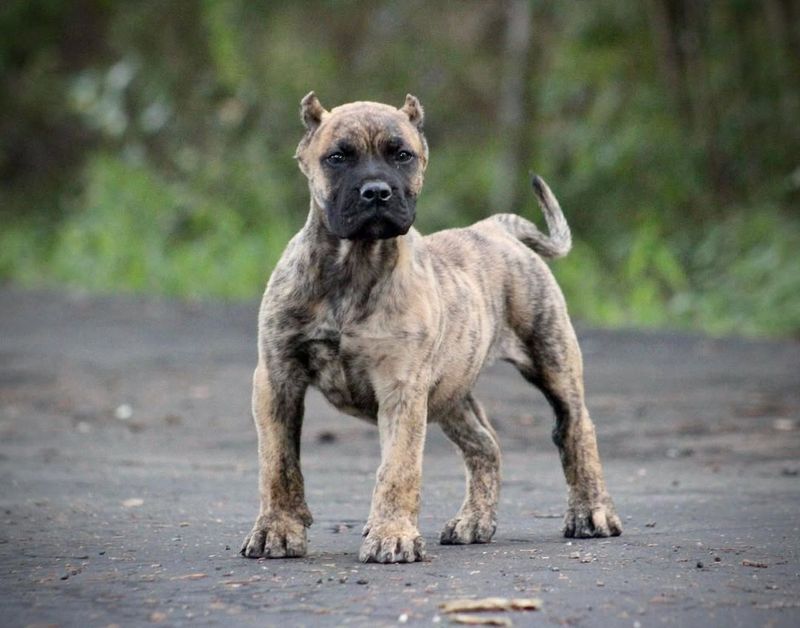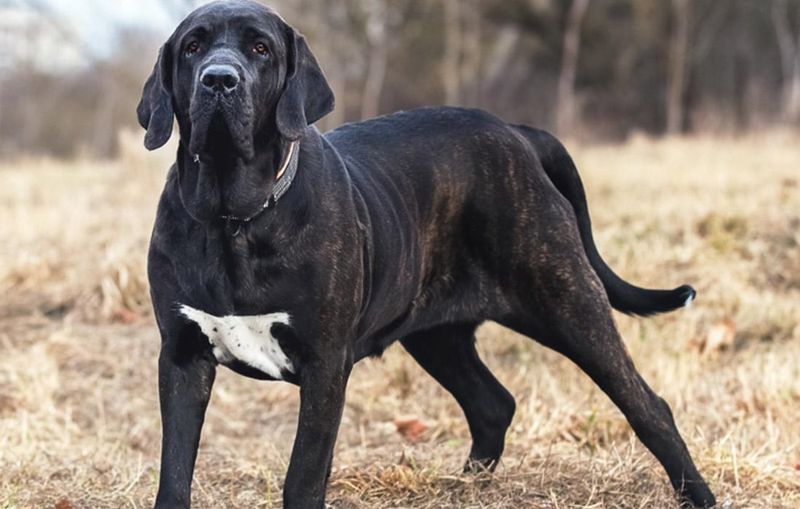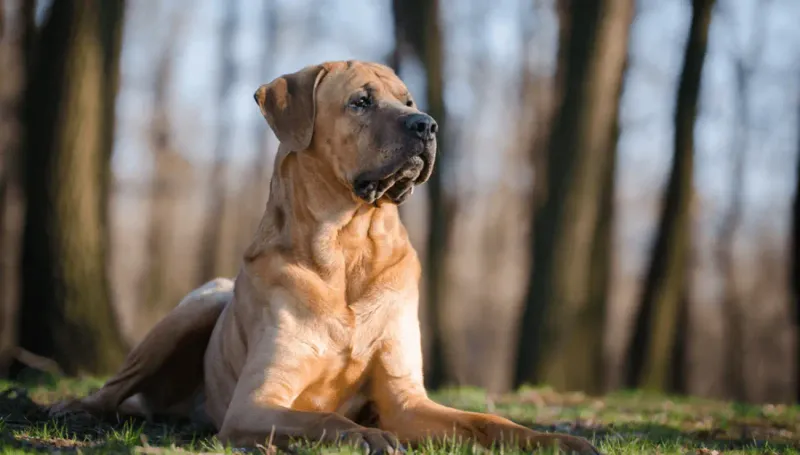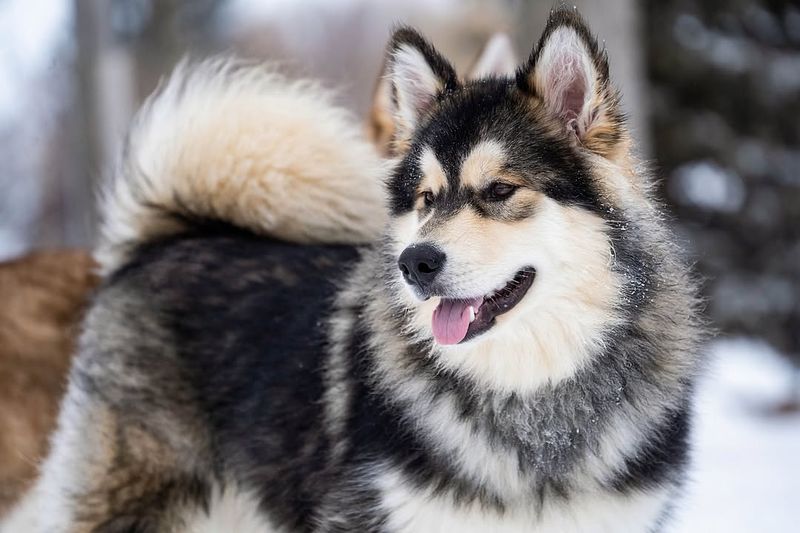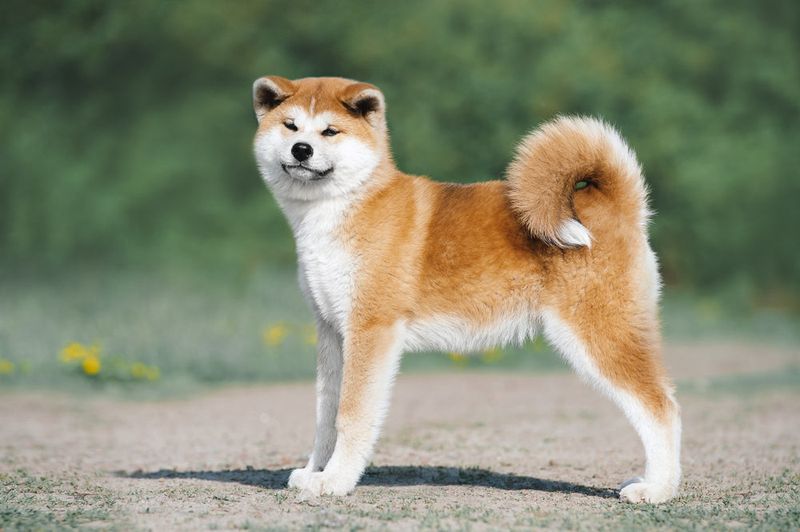Certain dog breeds face restrictions in various regions due to perceived aggression, size, or historical incidents. These breeds often spark debate among dog lovers, lawmakers, and communities. While some argue for public safety, others advocate for responsible ownership. Navigating the complexities of breed-specific legislation, understanding the history and temperament of these breeds can provide insight into the reasons behind such bans. This article explores 15 controversial dog breeds that are often prohibited, highlighting what makes each unique and why they might be misunderstood.
Pit Bull Terrier
Known for its strength and tenacity, the Pit Bull Terrier often finds itself at the center of breed-specific legislation. Despite a reputation for aggression, many owners describe them as loyal and loving pets. Their history as fighting dogs contributes to public fear.
In contrast, advocates argue that with proper training and socialization, these dogs are gentle companions. Media portrayal often exacerbates misconceptions, overlooking the breed’s affectionate side.
Did you know? Pit Bulls were once considered “nanny dogs” for their protective nature towards children. It’s a breed caught between controversy and affection.
Rottweiler
With its powerful build and striking appearance, the Rottweiler is both admired and feared. Often used as a guard dog, they are known for their protective instincts. This has led to bans in certain places, as some view them as a potential threat.
However, Rottweilers are also praised for their loyalty and intelligence. When raised in a loving environment, they can be gentle giants. Their history as working dogs showcases their versatility and strength.
Fun fact: Rottweilers were originally bred to drive cattle to market. Their adaptability is often overshadowed by their image.
Doberman Pinscher
The Doberman Pinscher, with its sleek body and alert stance, commands attention. Known for their intelligence and loyalty, they often serve in roles like security or police work. Yet, this same intensity leads to restrictions in some communities.
Owners attest to their loving nature, especially towards family members. Their protective instincts, while beneficial, can be misunderstood by those unfamiliar with the breed.
Interestingly, Dobermans were developed in the 1890s by Karl Friedrich Louis Dobermann, a tax collector needing an effective guard dog. Their history is as intriguing as their presence.
German Shepherd
Renowned for their work as police and service dogs, German Shepherds hold a place of respect and fear. Their intelligence and trainability make them ideal for various roles, but these same traits can lead to restrictions.
Some areas limit ownership due to concerns over aggression. However, when socialized properly, they are loyal and gentle. Their versatility extends beyond protection, showcasing their adaptability.
Did you know? German Shepherds were originally bred for herding sheep, highlighting their hardworking nature. This breed embodies both power and grace, making them unforgettable.
Bullmastiff
The Bullmastiff, known for its imposing size and strength, often faces restrictions due to its potential to intimidate. Despite their appearance, these dogs are gentle and affectionate with their families.
Their history as estate guardians showcases their protective instinct. Yet, this same attribute can lead to misconceptions about their temperament. Owners describe them as calm and reliable, especially with children.
Interestingly, Bullmastiffs were bred by gamekeepers to guard estates against poachers. Their protective nature is both their strength and their challenge in modern society.
American Bulldog
American Bulldogs, with their muscular frames and energetic personalities, are often misunderstood. Known for their strength, they can appear intimidating, leading to legal restrictions in some areas.
In truth, they are playful and affectionate, especially with family. Their history as working dogs on farms highlights their versatility and loyalty. Owners cherish their protective yet gentle nature.
Did you know? American Bulldogs were originally used for hunting feral pigs, showcasing their bravery and determination. Their reputation often belies their loving disposition.
Wolfdog
Wolfdogs, a hybrid between domestic dogs and wolves, captivate with their wild beauty. Their unique lineage prompts fascination and fear, leading to bans in various locales. Their behavior can be unpredictable, merging domesticated traits with wild instincts.
Advocates emphasize the need for experienced ownership, as their care requires understanding beyond typical dog breeds. These hybrids offer a glimpse into the untamed world, appealing to those drawn to nature’s raw essence.
Historically, Wolfdogs symbolize the bridge between wilderness and domestication, embodying a mysterious allure. They challenge perceptions of what it means to be “wild.”
Cane Corso
The Cane Corso, with its commanding presence and robust frame, often elicits awe and apprehension. Known as a protector, this Italian breed has a history of guarding and hunting. Such traits can lead to restrictions, fueled by misconceptions of aggression.
In reality, Cane Corsos are affectionate and loyal, forming strong bonds with their families. Their intelligence and gentle nature make them excellent companions when socialized well.
Did you know? The name “Cane Corso” translates to “bodyguard dog,” reflecting their historical role. This breed harmonizes strength with gentleness, challenging stereotypes.
Dogo Argentino
With its athletic build and striking white coat, the Dogo Argentino is both impressive and intimidating. Originally bred for big-game hunting, this breed’s power is undeniable. Such attributes contribute to legal restrictions in various regions.
Despite their formidable appearance, they are known for being gentle and loyal to their families. Their protective instincts can be misunderstood, leading to unwarranted fear.
Interestingly, the Dogo Argentino was developed in Argentina for hunting wild boar, showcasing unmatched bravery. This breed embodies a blend of strength and tenderness, often defying public perception.
Presa Canario
The Presa Canario, hailing from the Canary Islands, is often surrounded by myths and misconceptions. Known for their strength and courage, they are sometimes restricted due to perceived aggression.
In truth, with proper training, they are calm and devoted companions. Their history as working dogs on farms underscores their loyalty and dedication. Owners appreciate their protective nature and gentle disposition when well-socialized.
Did you know? The Presa Canario was used in the Canary Islands for cattle work, highlighting their versatility. Their robust nature is both a challenge and an asset in modern environments.
Fila Brasileiro
The Fila Brasileiro, or Brazilian Mastiff, is known for its tenacity and tracking abilities. This breed’s imposing size and natural protectiveness have led to restrictions in some areas.
Despite their formidable reputation, they are deeply loyal to their families and surprisingly gentle with those they trust. Their history as plantation watchdogs speaks to their vigilance and dedication.
Interestingly, the term “ojeriza” describes their instinctive aversion to strangers, a trait both revered and misunderstood. The Fila Brasileiro embodies a unique blend of strength and loyalty, challenging societal perceptions.
Japanese Tosa
The Japanese Tosa, often shrouded in mystery, commands respect with its dignified presence. Originating from Japan, this breed was developed for sumo-style wrestling, showcasing immense strength and endurance. These attributes lead to restrictions in various countries.
Despite their formidable appearance, they are known for being calm and patient with proper training. Their grace under pressure makes them unique among dog breeds.
Did you know? In Japan, the Tosa is considered a symbol of courage and strength. This breed’s heritage and demeanor offer a fascinating glimpse into cultural traditions and canine resilience.
Chow Chow
With its distinctive mane and dignified demeanor, the Chow Chow is both endearing and enigmatic. Their aloof nature and strong-willed personality contribute to bans in certain regions.
Beneath their independent exterior lies a loyal companion, devoted to their family. Their history as palace guard dogs in ancient China speaks to their protective instincts.
Fun fact: The Chow Chow is one of the oldest breeds, with origins tracing back to the Han Dynasty. This breed’s unique characteristics challenge conventional views on canine behavior, offering a blend of mystery and companionship.
Alaskan Malamute
Majestic and powerful, the Alaskan Malamute captivates with its wolf-like appearance and boundless energy. Known for their strength, they were originally bred for sledding, a testament to their endurance and resilience.
Such attributes can lead to misunderstandings and restrictions, as their energetic nature requires experienced handling. Yet, they are typically friendly and sociable, forming strong bonds with their families.
Did you know? Alaskan Malamutes were integral to Arctic exploration, showcasing their importance in history. This breed embodies the spirit of adventure, blending strength with gentleness.
Akita Inu
The Akita Inu, with its regal presence and rich history, is both admired and misunderstood. Originating from Japan, this breed symbolizes loyalty and bravery. Such traits, while admirable, can lead to restrictions due to their assertive nature.
Beneath their confident exterior lies a gentle soul, deeply devoted to their family. Their protective instincts and calm demeanor make them unique among dog breeds.
Did you know? The Akita Inu is a national treasure in Japan, representing courage and fidelity. This breed’s cultural significance and temperament offer a captivating blend of tradition and companionship.
